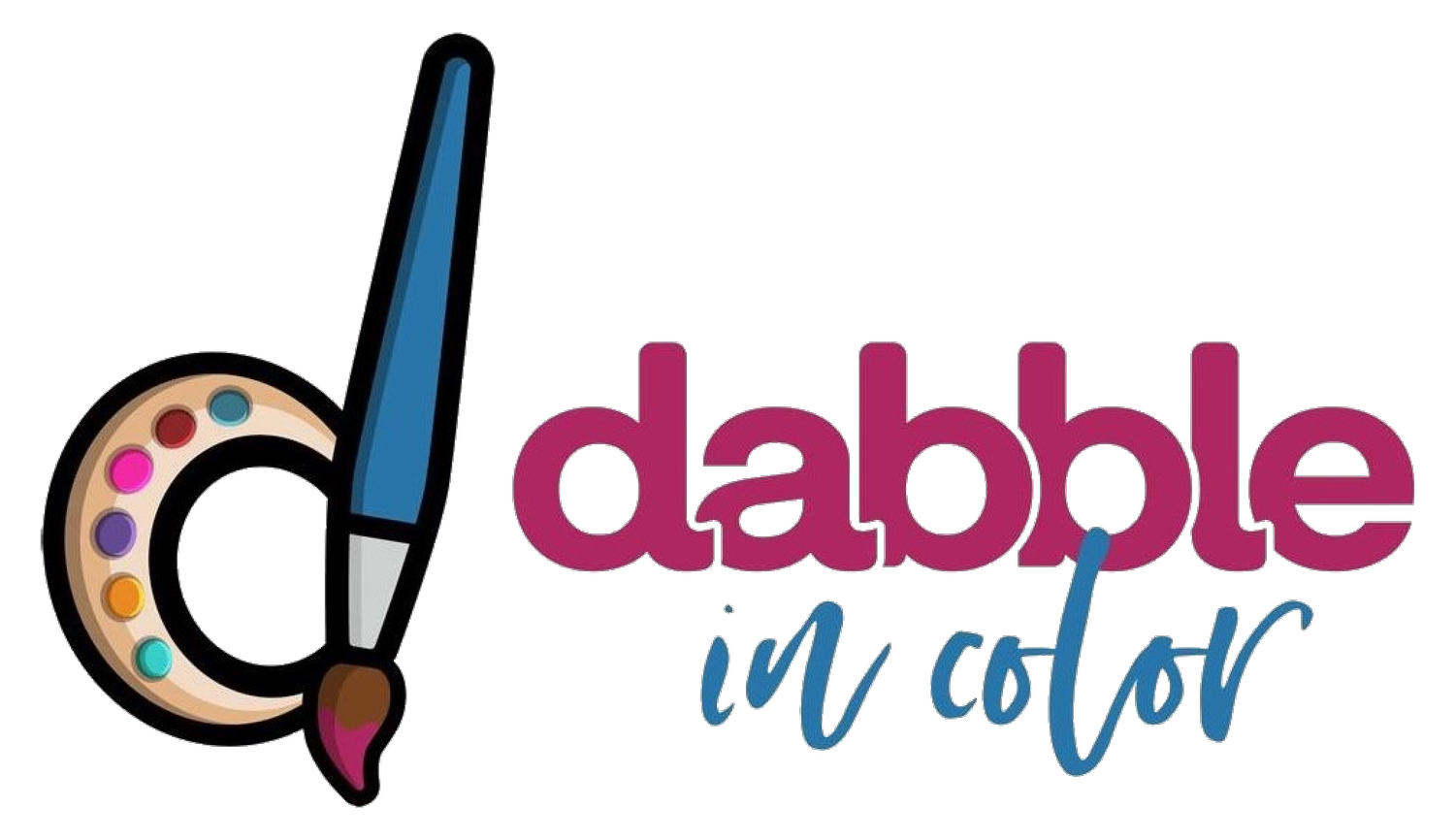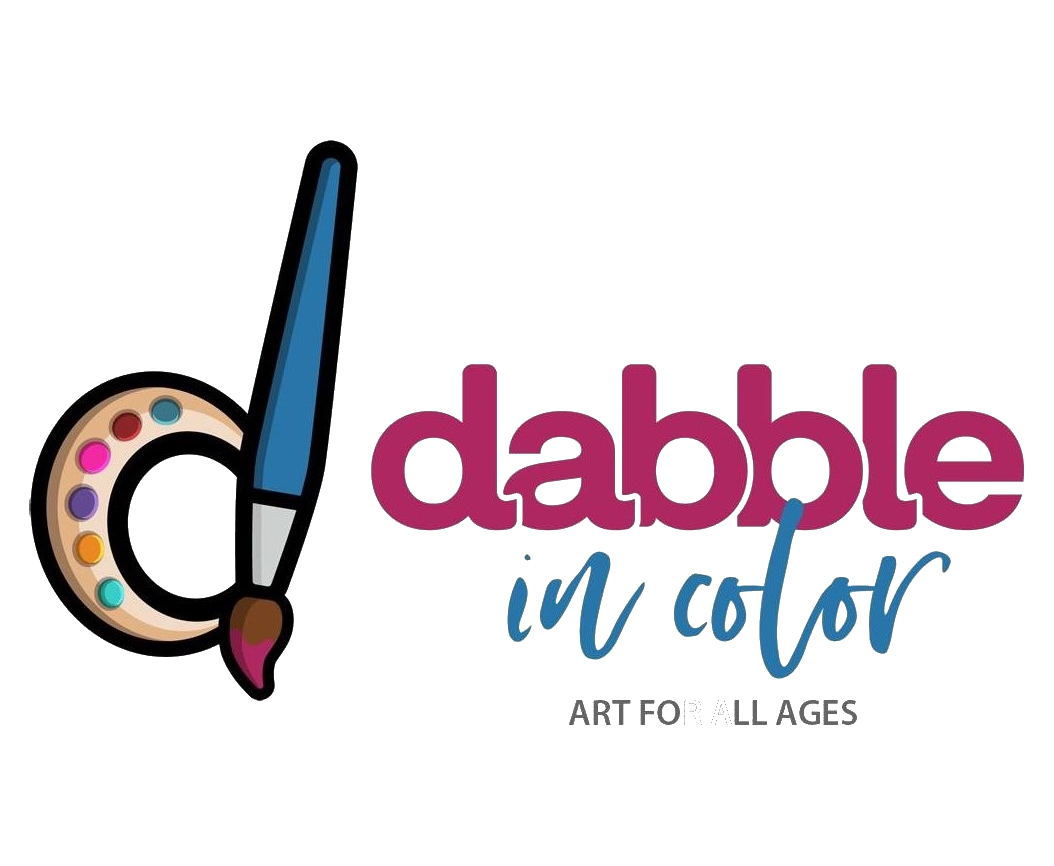WHY IS ART IMPORTANT FOR A CHILD
With current school curricula shifting to common core subjects (math, reading, science) it’s worth a look at what part art plays in a young person’s ability to learn. Many schools have completely dropped art and music programs due to budget cuts, leaving a void in a well rounded education for the next generation of children, Before we look at art as a luxury in the classroom, lets take a look at what they are missing.
The most important benefit that is lost helping a young mind train their brain to use the left and right side of their brain simultaneously to create and solve problems. The creative process uses all of the core subjects in order to successful create but it also requires imagination. Most of us are considered “right” or “Left” brain tinkers, meaning we concentrate the use of one side of our brain over the other. Accountants rely heavily on the right side of their brain and artists, musicians, etc. use the left side where creativity flourishes.
The future will need a precision in both. Our children will be tasked with using computers for many of the mathematical problems to be solved. Scientists will also have computers at their disposal. Most of our children will be proficient in the use of computers but everyone cannot be a computer programmer. The demands of critical logic AND creative problem solving will be an important factor in our children’s ability to succeed. An adult proficient in math may not succeed as well as the adult who is proficient in math but also uses their critical thinking skills along with their math proficiency to actually solve real time problems.
Art helps that happen. It’s a successful, fun way to help children use both sides of their brains, incorporating logic and creative thought to solve difficult problems.
Here is a look at what art does for your child:
Improved Academic Performance: Studies show that there is a direct correlation between art and other achievement. A report by Americans for the Arts states that young people who participate regularly in the arts (three hours a day on three days each week through one full year) are four times more likely to be recognized for academic achievement, to participate in a math and science fair or to win an award for writing an essay or poem than children who do not participate. *
Motor Skills: Many of the motions involved in making art, such as holding a paintbrush or scribbling with a crayon, are essential to the growth of fine motor skills in young children. According to the National Institutes of Health, developmental milestones around age three should include drawing a circle and beginning to use safety scissors. Around age four, children may be able to draw a square and begin cutting straight lines with scissors. Many preschool programs emphasize the use of scissors because it develops the dexterity children will need for writing. *
Language Development: For very young children, making art—or just talking about it—provides opportunities to learn words for colors, shapes and actions. When toddlers are as young as a year old, parents can do simple activities such as crumpling up paper and calling it a “ball.” By elementary school, students can use descriptive words to discuss their own creations or to talk about what feelings are elicited when they see different styles of artwork. *
Decision Making: According to a report by Americans for the Arts, art education strengthens problem-solving and critical-thinking skills. The experience of making decisions and choices in the course of creating art carries over into other parts of life. “If they are exploring and thinking and experimenting and trying new ideas, then creativity has a chance to blossom,” says MaryAnn Kohl, an arts educator and author of numerous books about children’s art education. *
Visual Learning: Drawing, sculpting with clay and threading beads on a string all develop visual-spatial skills, which are more important than ever. Even toddlers know how to operate a smart phone or tablet, which means that even before they can read, kids are taking in visual information. This information consists of cues that we get from pictures or three-dimensional objects from digital media, books and television. *
“Parents need to be aware that children learn a lot more from graphic sources now than in the past,” says Dr. Kerry Freedman, Head of Art and Design Education at Northern Illinois University. “Children need to know more about the world than just what they can learn through text and numbers. Art education teaches students how to interpret, criticize, and use visual information, and how to make choices based on it.” Knowledge about the visual arts, such as graphic symbolism, is especially important in helping kids become smart consumers and navigate a world filled with marketing logos. *
Inventiveness: When kids are encouraged to express themselves and take risks in creating art, they develop a sense of innovation that will be important in their adult lives. “The kind of people society needs to make it move forward are thinking, inventive people who seek new ways and improvements, not people who can only follow directions,” says Kohl. “Art is a way to encourage the process and the experience of thinking and making things better!” *
Cultural Awareness: As we live in an increasingly diverse society, the images of different groups in the media may also present mixed messages. “If a child is playing with a toy that suggests a racist or sexist meaning, part of that meaning develops because of the aesthetics of the toy—the color, shape, texture of the hair,” says Freedman. Teaching children to recognize the choices an artist or designer makes in portraying a subject helps kids understand the concept that what they see may be someone’s interpretation of reality. *
Grace Hwang Lynch- PBS.org

